Most pet owners don't realize how many popular myths there are about their pets that they still believe in!
Pets have been by the side of hoomans for tens of thousands of years and by then, we should now know a lot about pets right? But the problem with most people is that they don't realize how many popular misconceptions were built by that period of time about pets. Just like gossips, most of them spread really fast and sadly, most people believe that they are true. All these myths need to be debunked so people know what they're really dealing with when it comes to their pets!
Check out our list of ten common myths pet owners should stop believing about their pet:
MYTH #1: Pets are expensive to take care of

If you're prepared for the financial commitment that comes with having a pet, then it won't be expensive to the point of your pets draining your savings. Before you decide to get a pet, make sure you can afford to take care of them properly. You can talk to your veterinarian about the cost of routine care and what you should expect to pay for emergency services if needed. Track of all your expenses so you can budget for them accordingly and do your research as well as to what food or pet supplies is perfect for your pets but is affordable at the same time! But when the worse scenario comes, you should also save money! You can check out theseGuide to pet insurance in Singapore &7 Tips You Can Do If You Can't Afford Vet Care in Singapore!
MYTH #2: It's okay to feed table scraps to your pets

We can easily give in to our dog's cute puppy eyes and our cat's adorable meows and gestures and give them our table scraps, but despite what many people believe, it's not okay for our pets to eat it. Not only are many human foods not good for pets (some can be if prepared correctly), but feeding them table scraps can lead to food poisoning, obesity, digestive problems such as diarrhea and vomiting, and other health problems including diabetes, heart disease, and joint problems. Consult the vet and ask them for a suitable diet for your fur babies. For starters, here are 13 Dangerous food that your pet should avoid! that you should take note!
You can also check these 5 Best Vet-Approved Homemade Recipes You Can Make for Your Cats & 5 Best Vet-Approved Homemade Recipes You Can Make for Your Dogs.
MYTH #3: Pets are dirty and full of germs

Contrary to popular belief, pets are not dirty and full of germs. Many animals groom themselves regularly, and most breeds of dogs and cats are bred to be low-maintenance in terms of hygiene. Of course, there is always the occasional pet that gets dirty when they play outside, but this is not the norm. This can also vary as to where they live, what environment they live in, who takes care of them, etc. As their fur parent, it is also up to us how clean our pets will be and that's when we do our responsibility of taking great care of our pets including bathing them as much as needed! But naturally, they are clean animals that just needs the right environment and care to maintain that cleanliness.
MYTH #4: It’s cruel to keep pets in cages or kennels
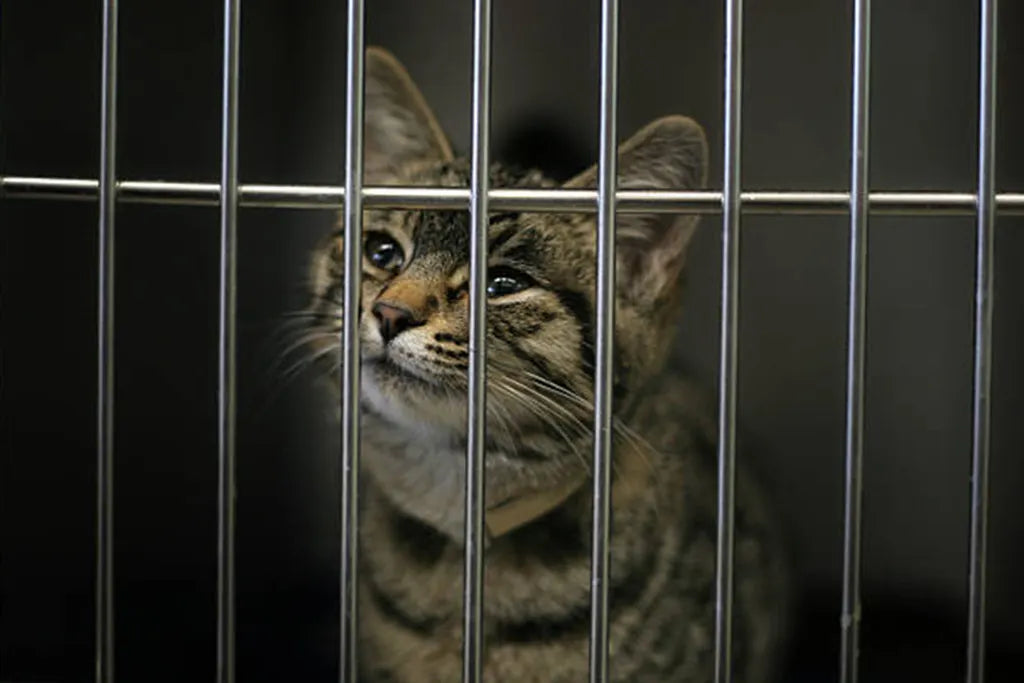
While it is true that pets should have some time out of their cages or kennels, it's not cruel to keep them in for short periods of time. If your pet is kept in an appropriate sized cage or kennel, it can be a very comfortable and safe place for them. It can give pets their own space where they can relax without being disturbed, prevent them from running around and escaping which could lead to them getting lost or injured, and they also provide a secure place for them to sleep. It becomes wrong when it is used for selfish reasons like your dog or cat is too hyper because you don't have time to walk, train, or play with them so you just keep them in a cage. If you're not sure whether or not it’s appropriate to keep your pet in a cage or kennel, be sure to speak with your vet. They'll help you make the best decision for your precious pet.
MYTH #5: Pet hair is the one that causes allergies

While pet hair can be a nuisance for allergy sufferers and can aggravate symptoms in some people who are allergic to pets, it is not the root cause of their allergies. Pet dander, which is tiny particles made up of skin cells and dried saliva that come off of an animal's skin, is actually what causes most allergy symptoms. It can easily become airborne and can stay in the air for long periods of time. For people who are allergic to pets, these tiny particles can cause a range of symptoms, from sneezing and congestion to itchy eyes and a rash. If you’re really struggling with pet allergies, you may want to consider finding a new home for your pet even though it's hard. But for the majority of people, pet allergies are manageable with a few simple precautions like vacuuming frequently, keeping pets out of the bedroom, and washing bedding regularly.
MYTH #6: Cats purr because they're happy
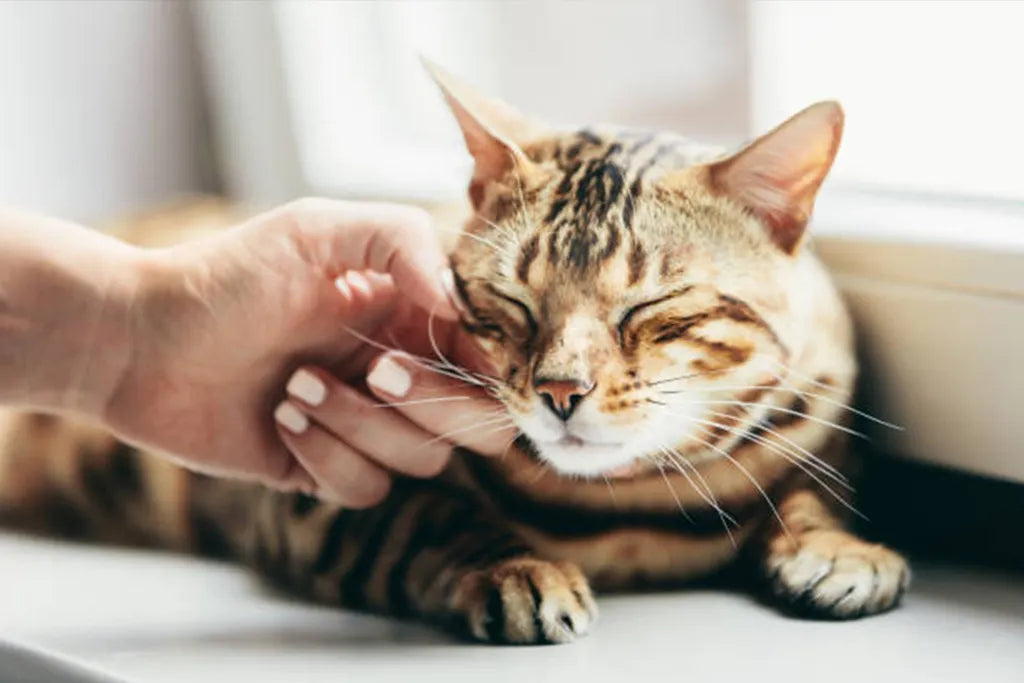
Don't always assume that your cat is happy when they purr. While it's true that cats often purr when they're happy or content, they can also purr when they're scared or in pain. They purr so they can relax themselves from the stress they're feeling at the moment. Make sure to always observe your cat's body language. If your cat's purring and is in a comfortable position, then these are strong signs that your cat is happy, secured, and content. But if you notice that your cat purrs while they skittish, their eyes wide, and their fur up, then that are string signs right there that your cat is scared and alert. A cat in pain can easily just be hiding or in some instance, meowing a lot while purring.
MYTH #7: Your dog is sick when they have a warm & dry nose

Though it is a must for us to check even the slightest changes in our dog's body to make sure that they're okay, we must not automatically assume by ourselves that our dog has a serious disease just because their nose are warm or dry. Some of the most common causes of a warm or dry nose include: exposure to hot weather or direct sunlight, and dehydration. Even us humans experience these things and all we need is to cool off or warm ourselves a bit if we're feeling cold. But if you really suspect your pup has a serious illness, don't just base it on their nose's temperature alone but be sure to look whether the skin on their nose is actually very dry to the point of flaking or even cracked, their behavior, if they're eating well, and if they're urinating and defecating normally. Better use an actual thermometer and consult your veterinarian as soon as you spot abnormal changes in your precious pup!
MYTH #8: Shaving your pet keeps them cool during hot days

Shaving your pet can actually make them feel hotter! When you shave your pet, you are removing their natural coat of fur. A cat or dog's coat is naturally intended to keep them warm in the winter and cool in the summer. Shaving your pet interrupts their natural temperature control. This also leaves their skin exposed to the sun and other elements, which can cause them to overheat and lead to skin problems. Fur helps keep pets cool by trapping air next to their skin and providing insulation from the sun and other elements. The skin of your precious pets who have been shaved is more susceptible to sunburn, insect bites, and other injuries.
MYTH #9: Cats can see in the dark

Cats, like people, cannot see in complete darkness. Cats have a greater sensitivity to near-darkness than people, but they are unable to see in total darkness. They are far better adapted to seeing in low light levels than humans. The shape of a cat's eye pupil varies from nearly completely circular to vertical slit according on the amount of light available. Cats' pupils dilate significantly more in bad light, allowing for increased illumination.
MYTH #10: Dogs wag their tails because they're happy

Contrary to popular belief, dogs wag their tails because they're excited or agitated, not necessarily because they're happy. Dogs use their tails as a way of communicating with other dogs and humans, so it's important to pay attention to the context in which a dog is wagging its tail if you want to properly interpret its meaning. For example, a dog that's wagging its tail rapidly may be trying to tell you that it's feeling threatened or anxious, while a dog that's wagging its tail slowly may be trying to show you that it's happy and comfortable.
Conclusion
Next time you’re tempted to believe something about pets, remember to not just believe hearsays but do consult your veterinarian and do your research to confirm it. Don't always assume that if other pet owners do it and believe it, then it's okay if you do so too. The truth can be very different than what others think. Make sure your pets are safe, healthy, and take care of them the right way!
Share this with your fellow pet owners and you can also leave a comment down below about some pet myths that you know of, we would also love to read them!
Sign up to our newsletter down below & follow us on Instagram @sgsmartpaw to stay up to date with our weekly blog articles!

Rose Hazel San Diego
Hazel loves pets & she has owned cats, dogs, & even hedgehogs! She also fosters cats & dogs in need around her area. With her social media & copywriting background, she gladly shares her knowledge of pets through these articles!
Most Recent Articles

Cat Litter in Singapore: Types, Pros & Cons Explained
Choosing cat litter isn’t one-size-fits-all. This Singapore-focused guide breaks down clumping & non-clumping clay, silica crystals, tofu, wood pellets, and paper—how they work, their real-worl...

7 Pet-Friendly Malls in Singapore Every Pawrent Should Know About
Shop, dine, and stroll with your furkid at 7 pet-friendly malls across Singapore—think dog parks, pet lifts, alfresco cafés, and more. Our Smartpaw guide maps the best spots and shares quick tips f...

Every pawrent knows birthdays aren’t just for humans—our furry family members deserve the same love and celebration! From adorable pupcakes to custom-designed birthday cakes, Singapore’s pet bakeri...








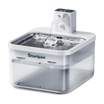















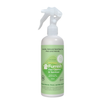






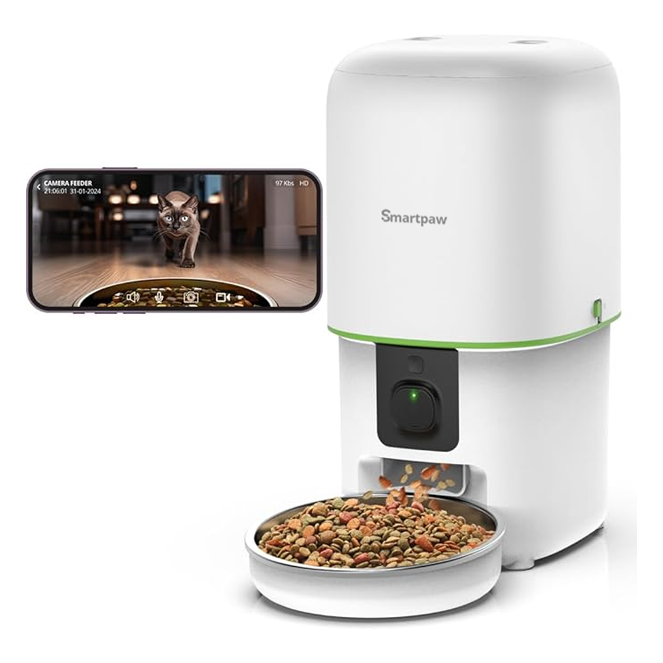





















Leave a comment
All comments are moderated before being published.
This site is protected by hCaptcha and the hCaptcha Privacy Policy and Terms of Service apply.